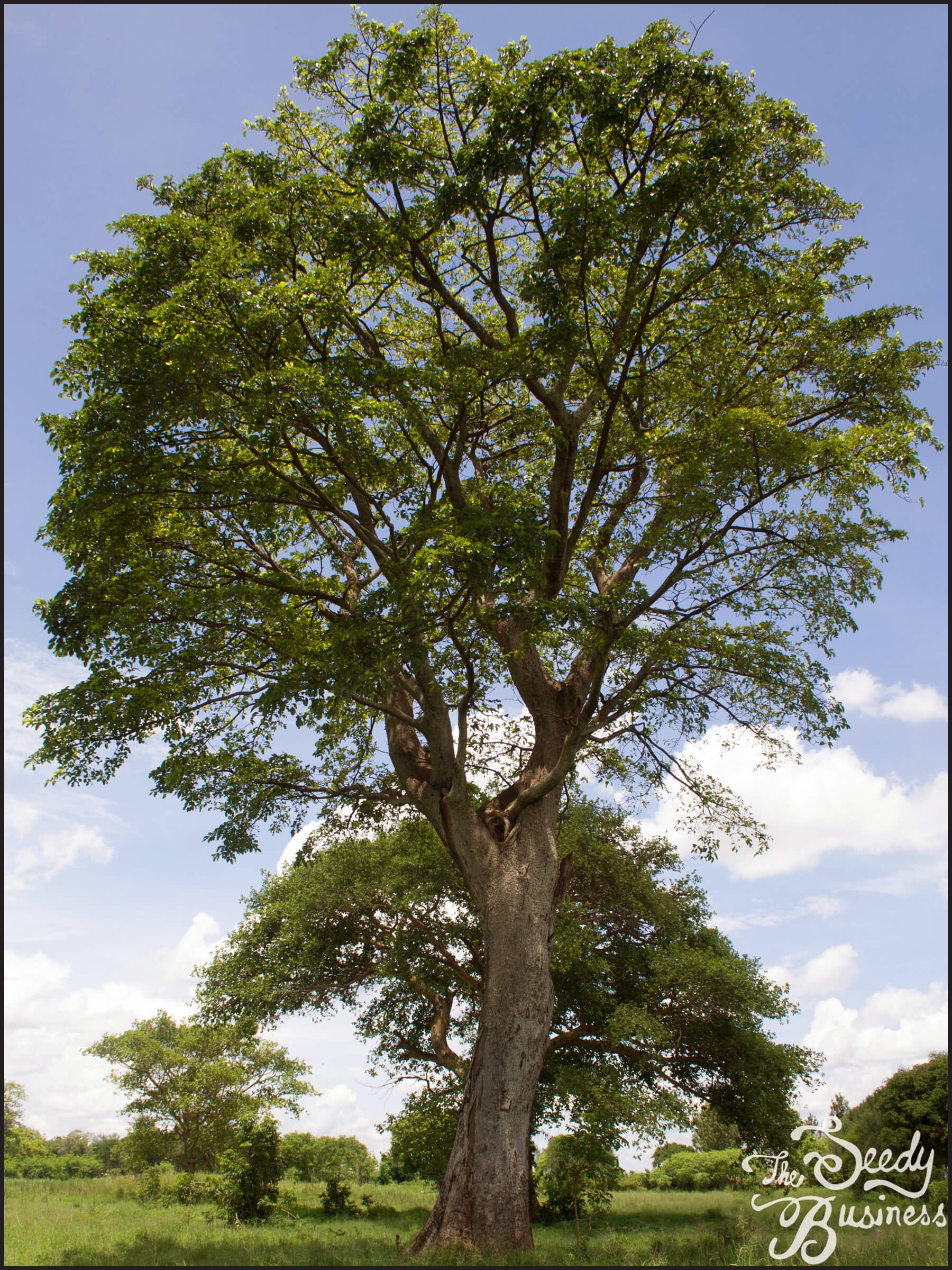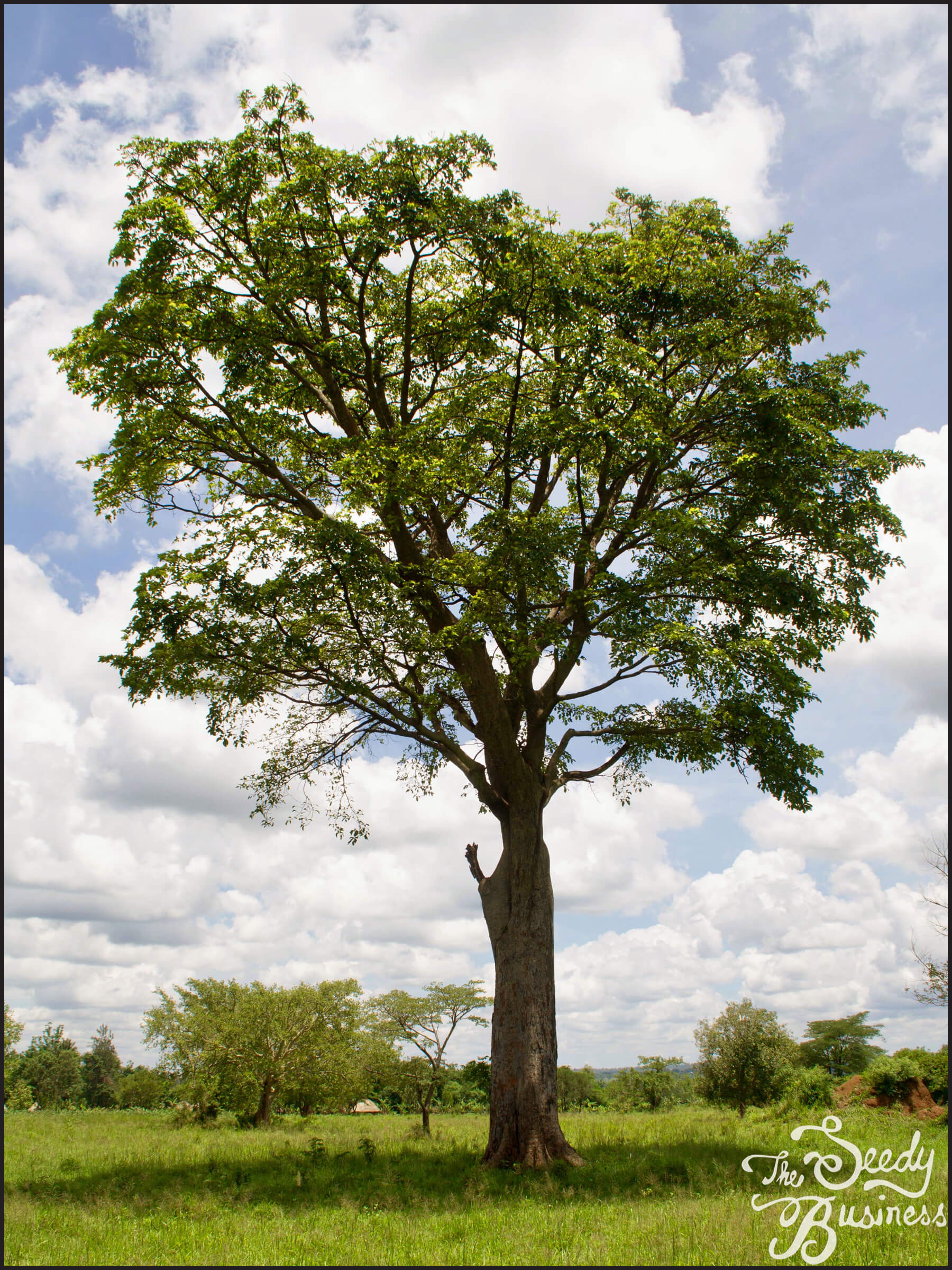Milicia excelsa




Milicia excelsa
The iroko tree (Milicia excelsa) is known to the world as one of the most sought-after African timbers. It is thought sacred in its native land, where the species is associated with fertility and used in local medicine. Reaching enormous heights of 50 m (164 ft), iroko is a canopy tree of coastal forests and wet savannas throughout tropical Africa, though overexploitation has narrowed its range. Its wide, flat crown gives it an umbrella shape. The bark — ashy grey to nearly black — exudes milky latex if slashed. To scientists, iroko trees are an important case of biomineralization, when a living organism produces minerals. During a dry season, bacteria in the tree’s soil can transform carbon oxalate — a material in the trunk and roots — into a carbonate mineral called calcite. As the plant’s tissues mineralize, the tree is virtually hardened into stone. This process removes large amounts of carbon dioxide from the atmosphere, first through photosynthesis then ultimately by converting it into calcite. By capturing carbon and storing it long-term in the earth, iroko is an example of a natural system that slows the accumulation of greenhouse gases in the atmosphere.
Read more about iroko in our article “A Tree Made of Stone: Milicia excelsa”
Suitable for outdoor planting in USDA plant hardiness zones 10 to 12
Minimum tested germination rate is 78%
Collected in 2023
